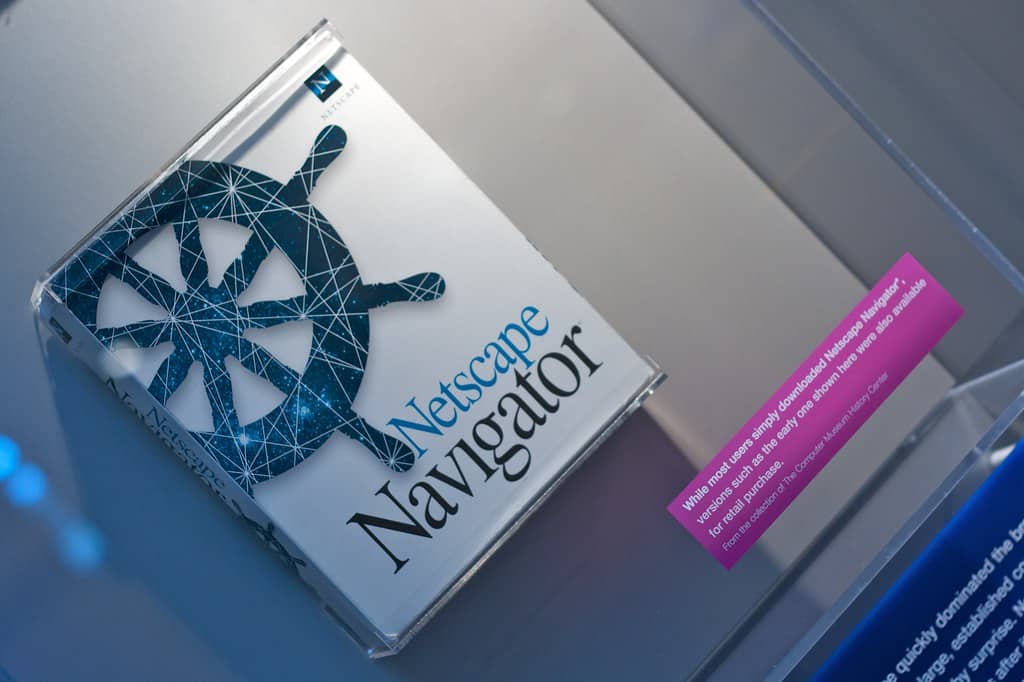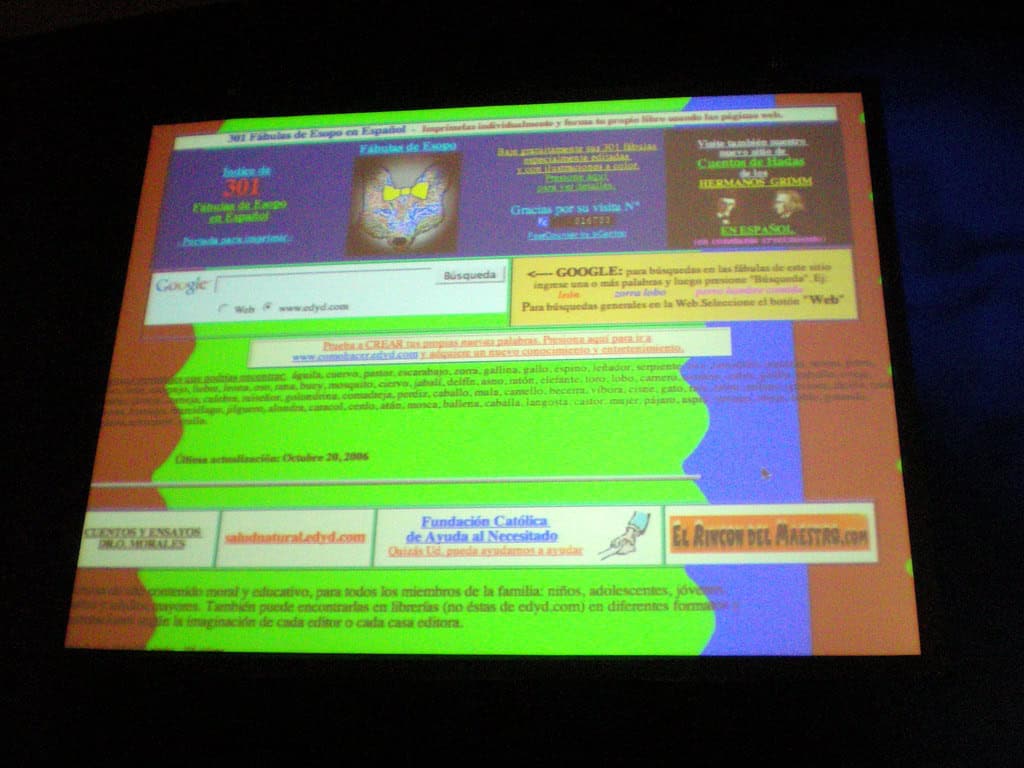The internet has gone from something seen as a veritable fad to a backbone supporting modern society. It has its origins in academia and government but rose to meteoric heights thanks to the passion of the early communities on the internet. So, let’s explore how hobbyists became the driving force behind the modern internet.
The Early Days

If you’re like many older readers, you likely remember the internet gaining prominence drastically around the middle of the 1990s. It might come as a surprise to find out it has roots dating even further back than that. However, in the earliest days of the internet, it wasn’t for the faint of heart. If you were looking to make a mark in an online space, you were a large corporation.
The tools and means for anyone to spring up a website overnight simply weren’t there yet. Your options were to learn HTML or make yourself content with message boards and newsgroups. That said, the seeds that would lead to the modern internet were being sown.
HTML and Flash

Speaking of HTML, the W3 Consortium began standardizing quite a bit of how content was delivered across the web. When you consider products like Adobe Flash, this made the means for all sorts of creative output to be delivered by a few passionate developers.
Back in the Web 1.0 days, this was the form of primary expression for a lot of folks on the internet. I wasn’t immune, I remember making websites with HTML and CSS at the ripe age of 13 centering around some of my favorite topics.
There wasn’t social media to engage in, so if you wanted to express your love or interest in something, you had to go out and make it. This is more the primoridal soup of the modern internet. The community was coming up around it, but the current frameworks weren’t in place yet.
Content Management Systems

In high school, I started running my blog centered around gaming, something I ran well into 2009. However, what changed here was the prevalence of frameworks. I learned HTML and CSS ages ago, but times have changed. This was the era of early YouTube, multimedia and ease of navigation were paramount.
At the time, you either used a WYSIWYG editor like Dreamweaver, or you use a content management system. CMS came in a few different flavors, I was a BlogSpot user first and foremost. However, WordPress has become a dominant platform over the last 20 years, remains one of the driving forces on the modern internet today.
This democratization of the web saw an explosion of creativity, with users creating websites and blogs for all sorts of things. Some of these have spun off into massive media empires of their own, like the blog run by Joanna Gaines before the Magnolia brand started gaining steam.
The Modern Era
Quite a bit of the hobbyist web remains on the internet today, but a lot of the passion has faded. Part of this can be attributed to the rise and adoption of social media services. It’s a lot easier to start a BlueSky thread on your thoughts about a movie than it is to write a full-blown review.
That said, it continues the trend of hobbyists shaping and molding the internet. Yes, big corporations and services pay tons just to get seen. However, the modern internet is a global community first and foremost, and as such is driven by people trying to connect with like-minded individuals.
Want to Retire Early? Start Here (Sponsor)
Want retirement to come a few years earlier than you’d planned? Or are you ready to retire now, but want an extra set of eyes on your finances?
Now you can speak with up to 3 financial experts in your area for FREE. By simply clicking here you can begin to match with financial professionals who can help you build your plan to retire early. And the best part? The first conversation with them is free.
Click here to match with up to 3 financial pros who would be excited to help you make financial decisions.
The image featured at the top of this post is ©"Web 1.0" by heartbeaz is licensed under BY 2.0..
